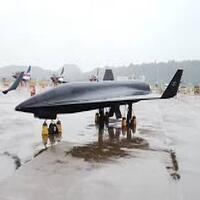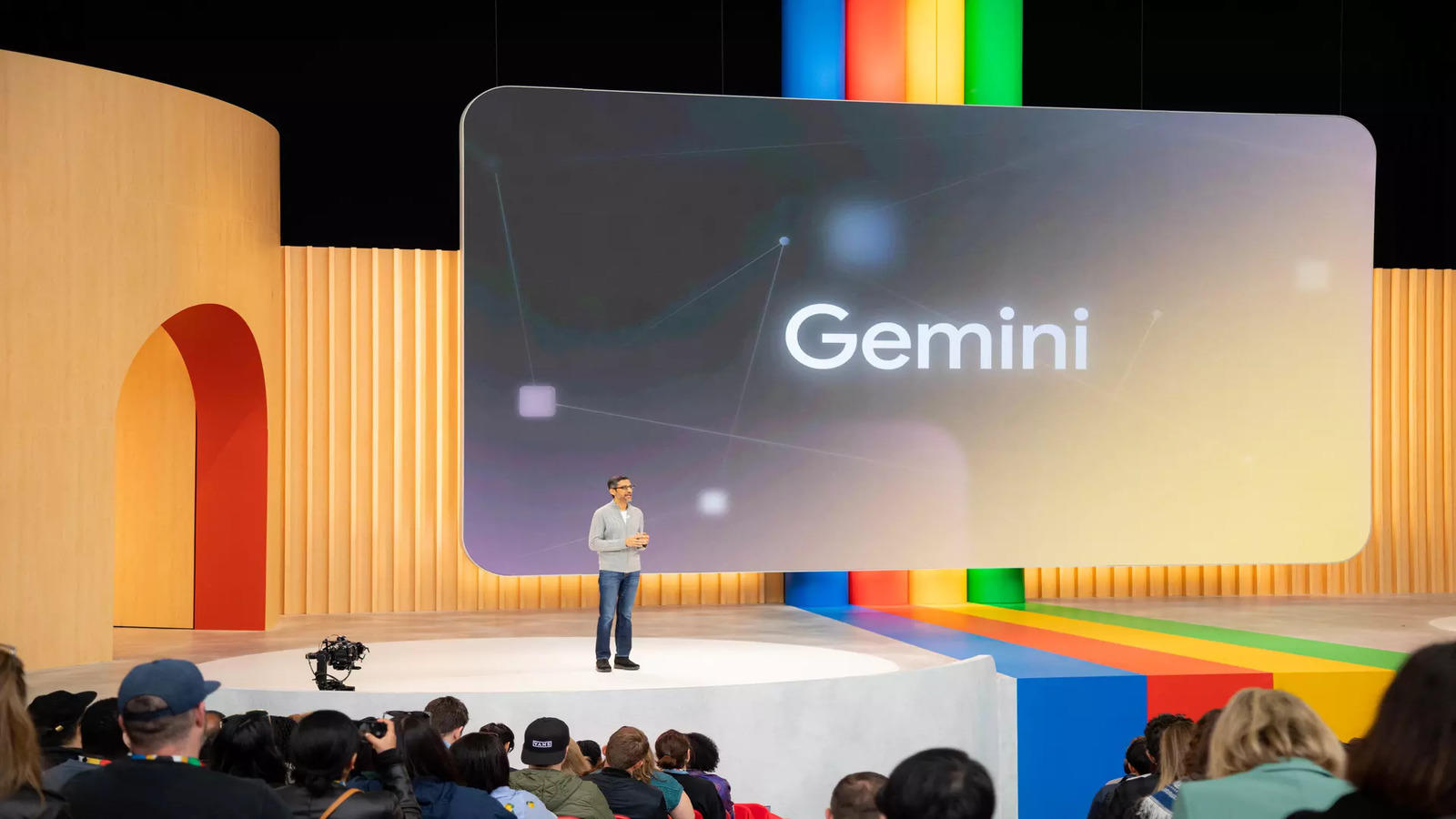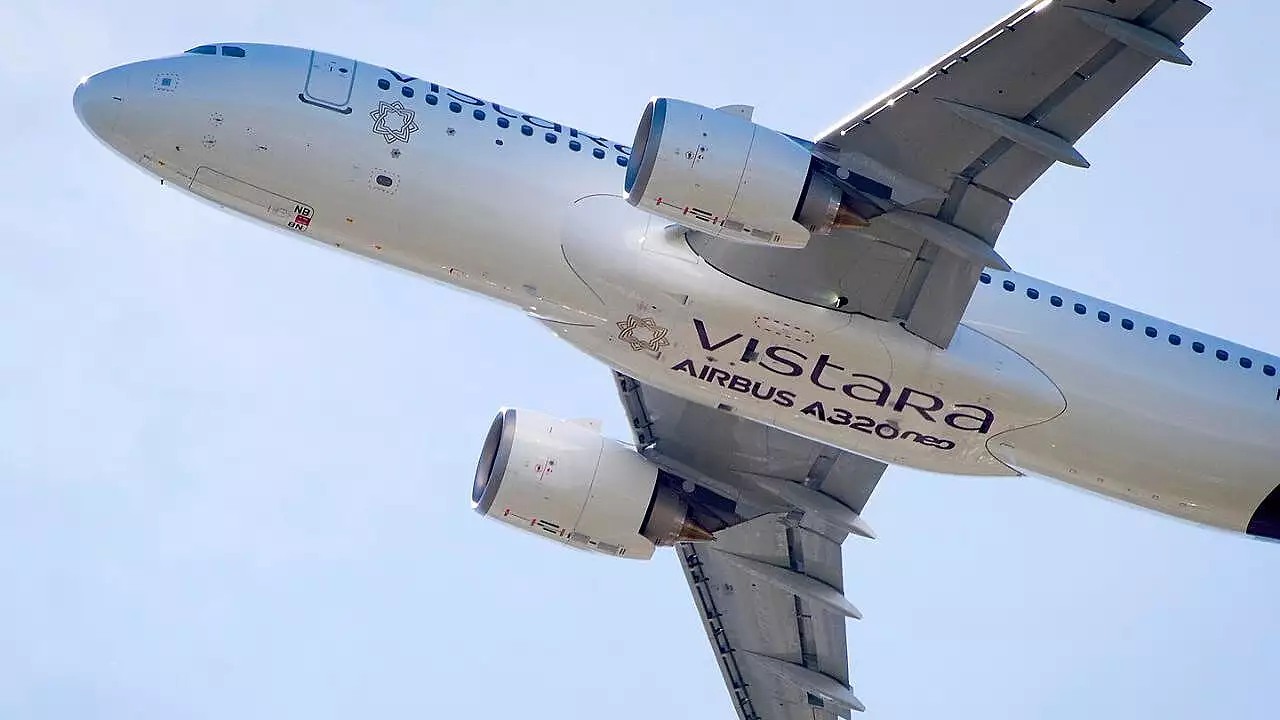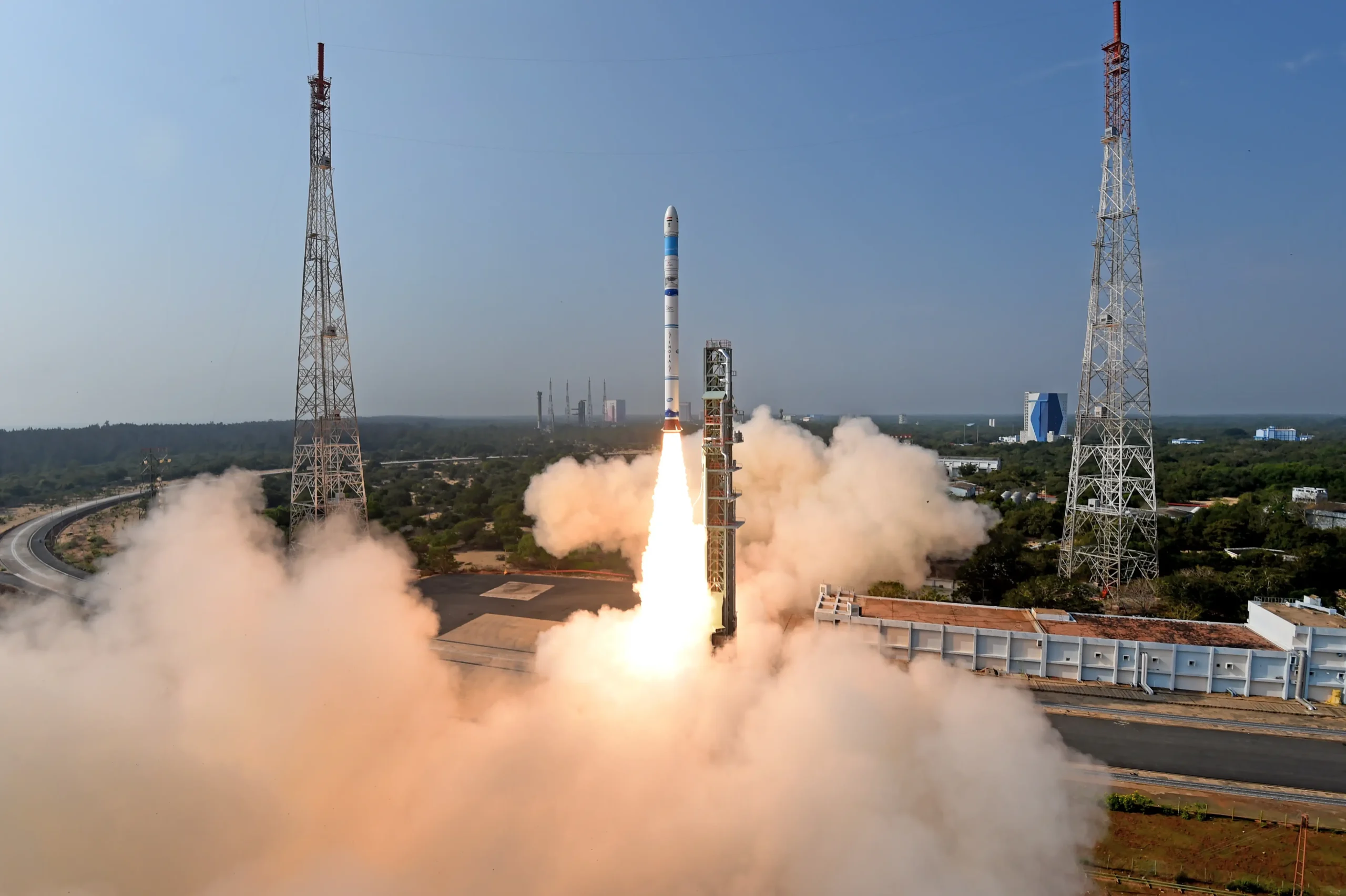
ISRO’s SSLV successfully launched EOS-08 and SR-0 Satellites into the orbit
The EOS-08 and SR-0 satellites were successfully launched, demonstrating the Indian Space Research Organization’s (ISRO) continued leadership in space technology. This accomplishment is noteworthy since it signifies the end of the Small Satellite Launch Vehicle (SSLV) development phase. With this launch, ISRO keeps up its claim to be a powerful force in the international space arena. This article explores the launch’s specifics, the SSLV’s capabilities, and the ramifications for space exploration going forward.
The Launching
The SSLV took off from the Satish Dhawan Space Centre (SDSC) SHAR in Sriharikota on a clear morning. After a perfect launch that saw the rocket rise into the sky carrying the EOS-08 and SR-0 satellites, the countdown went on as planned. The success of the mission may be attributed to the careful preparation, extensive testing, and unwavering commitment of ISRO’s scientists and engineers. The official handle of ISRO posted on X
SSLV-D3/EOS-08 Mission:
✅The third developmental flight of SSLV is successful. The SSLV-D3 🚀placed EOS-08 🛰️ precisely into the orbit.
🔹This marks the successful completion of ISRO/DOS’s SSLV Development Project.
🔸 With technology transfer, the Indian industry and…
— ISRO (@isro) August 16, 2024
SR-0 and EOS-08 Satellites
The Earth Observation Satellite EOS-08 is intended for remote sensing applications; it offers high-resolution imagery useful for disaster management, urban planning, and agricultural monitoring. India will be better equipped to monitor and manage its natural resources because to its sophisticated imaging capabilities.
The SR-0 satellite, on the other hand, is a technology demonstration designed to test and validate novel space technologies. This covers developments in communication technology, power systems, and miniaturization. Future satellite missions will benefit from the data and insights gathered from SR-0, significantly enhancing India’s space capabilities.
Also Read: Google’s Gemini, Will Transform Your Digital Experience by Improving Search, Productivity, Security, and Photos and more
The SSLV: The New Vehicle in the Inventory
The SSLV is made to meet the increasing need for small satellite launches. Delivering payloads up to 500 kg to low Earth orbit (LEO), the SSLV provides a more flexible and affordable option than its larger siblings. Because of its adaptability, both research institutes and commercial satellite operators should choose it.
The SR-0 satellite, on the other hand, is a technology demonstration designed to test and validate novel space technologies. This covers developments in communication technology, power systems, and miniaturization. Future satellite missions will benefit from the data and insights gathered from SR-0, significantly enhancing India’s space capabilities.
Additionally, the SSLV’s modular architecture facilitates rapid integration and assembly, greatly cutting down on the amount of time needed between launches. In the highly competitive space sector, where time is often of the importance, this skill of rapid deployment is an invaluable advantage.
The End of the Development Phase: An Important Milestone
The SSLV’s development phase is now complete with the successful launch of EOS-08 and SR-0. Propulsion, guidance, navigation, and control were among the many components that underwent intensive testing and validation during this era. This phase’s completion indicates that the SSLV is now prepared for routine operational missions.
Additionally, the SSLV’s modular architecture facilitates rapid integration and assembly, greatly cutting down on the amount of time needed between launches. In the highly competitive space sector, where time is often of the importance, this skill of rapid deployment is an invaluable advantage.
For ISRO, moving from a development to an operational state of SSLV is a noteworthy accomplishment. It exhibits not only the SSLV’s resilience and dependability but also ISRO’s capacity for innovation and the provision of state-of-the-art space technology.
Implications for the Indian Space Program
The SSLV’s accomplishments will have a significant impact on India’s space program. Above all, it makes India more capable of launching a variety of satellites, from tiny CubeSats to bigger payloads. This adaptability will draw in more business clients, increasing India’s market share for satellite launches worldwide.
Furthermore, the cost-effectiveness of the SSLV attracts clients from around the world, particularly poor nations that may have little resources but yet want to launch their own satellites. By providing reasonably priced space access, ISRO may promote increased international cooperation and fortify its international alliances.
Future Opportunities
Now that the SSLV is up and running, ISRO is in a good position to take advantage of new opportunities in the space industry. Launch providers can benefit greatly from the expanding market for satellite-based services, which includes broadband internet, Earth observation, and communication. Because of its affordable prices and dependable launch capabilities, ISRO is a formidable competitor in this market.
Additionally, ISRO’s ambitious aspirations for space exploration and interplanetary missions can be supported by the SSLV. The SSLV can support missions to explore the Moon, Mars, and beyond by permitting the deployment of research instruments and technology demonstrations. This is in line with India’s goal of becoming a significant spacefaring country that can both lead and take part in global space projects.
Boosting Private Space Players
The SSLV’s creation and implementation highlight the value of public-private collaborations in the advancement of space technology. Collaborations with entrepreneurs, academic institutions, and Indian industry have been critical to the SSLV program’s success. These collaborations have made it easier to share information and technology, which has stimulated creativity and accelerated economic expansion.
India can maintain its leadership in space exploration and technology by utilizing the skills and strengths of several stakeholders through ISRO’s continued engagement with the commercial sector. This cooperative strategy will also support the development of a thriving space ecosystem, opening up new doors for researchers and business owners.
The fact that ISRO SSLV was able to successfully launch the EOS-08 and SR-0 satellites is evidence of India’s developing space technological capabilities. India’s space voyage has entered a new chapter with the conclusion of the SSLV’s development phase, which opens up a universe of possibilities for satellite launches and space research.
The SSLV will be essential in helping ISRO fulfill the changing needs of the international space market as it continues to push the envelope in terms of innovation and performance. The SSLV is set to revolutionize the satellite launch sector with its dependable, adaptable, and reasonably priced launch systems.
ISRO’s accomplishments with the SSLV not only boosting India’s standing in the international space arena but also serve as an inspiration to a new generation of engineers, scientists, and space enthusiasts. The sky is not the limit when it comes to our future; it’s just the beginning.
